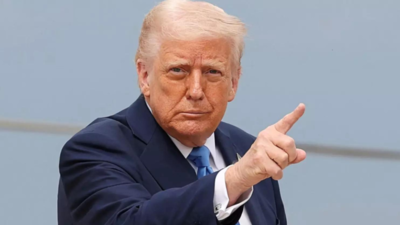ARTICLE AD BOX

Donald Trump (File photo)
US President Donald Trump's approach to global trade policy is yielding results with international partners. Nations including the European Union, Japan and Vietnam are accepting elevated tariffs for access to American markets.
This strategy, rooted in Trump's protectionist views, represents a significant economic and political venture regarding American consumer interests.The United States and the European Union reached a trade agreement where the EU accepted 15% US tariffs on most goods. The EU also committed to purchasing $750 billion in US energy products and making $600 billion in new investments through 2028, according to White House figures."We just signed a very big trade deal, the biggest of them all," Trump said Monday.The framework agreement's success remains uncertain, with minimal detail provided. Traditional trade agreements typically require extensive negotiations spanning months or years, with outcomes dependent on specific details.Financial markets have adapted to the highest US import tariffs in approximately 90 years, following initial concerns about protectionist policies.
The US Treasury is receiving substantial revenue from foreign goods levies, potentially offsetting recent tax reductions signed on July 4.Economic experts suggest these high tariffs could increase consumer prices, affect Federal Reserve interest rate decisions, and reduce US economic efficiency. Democratic opponents argue these costs will primarily impact lower and middle-income Americans."It's pretty striking that it's seen as a sigh of relief moment," said Daniel Hornung, a former Biden White House economic official who now holds fellowships at Housing Finance Policy Center and the Massachusetts Institute of Technology, as reported by AP. "But if the new baseline across all trading partners is 15%, that is a meaningful drag on growth that increases recession risks, while simultaneously making it harder for the Fed to cut.
"



.png)
.png)
.png)
















 10 hours ago
4
10 hours ago
4








 English (US) ·
English (US) ·